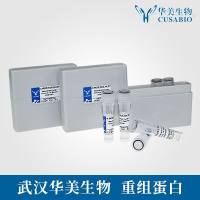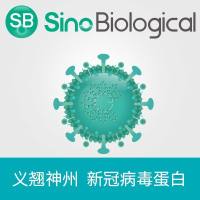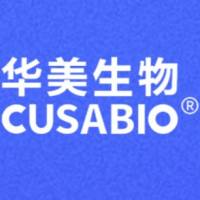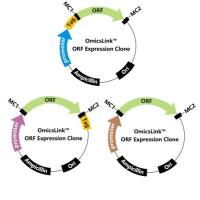G Protein Signaling in UV Protection: Methods for Understanding the Signals in Young Etiolated Seedlings
互联网
互联网
相关产品推荐

uvsE/uvsE蛋白Recombinant Bacillus cereus UV DNA damage endonuclease (uvsE)重组蛋白uvsE; BCG9842_B5482; UV DNA damage endonuclease; UV-endonuclease; UVED; EC 3.-.-.-蛋白
¥2328

Coronavirus spike重组蛋白|Recombinant SARS-CoV-2 Spike S1(D614G)-His Recombinant Protein,HPLC-verified
¥4500

HB Western blotting Principles and Methods
¥223

YTFE/YTFE蛋白/Regulator of cell morphogenesis and NO signaling蛋白/Recombinant Escherichia coli Iron-sulfur cluster repair protein ytfE (ytfE) (Active)重组蛋白
¥69

Samsn1 Mus musculus SAM domain, SH3 domain and nuclear localization signals, 1 (Samsn1), mRNA.
询价
相关问答

